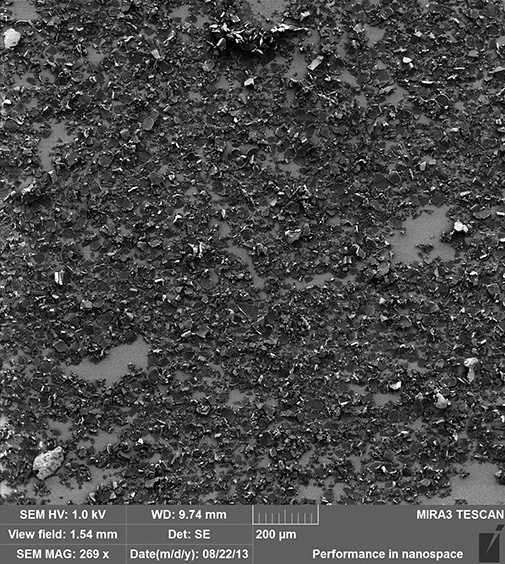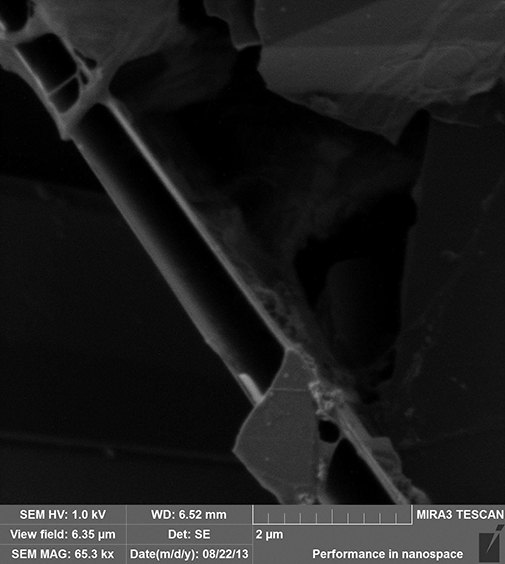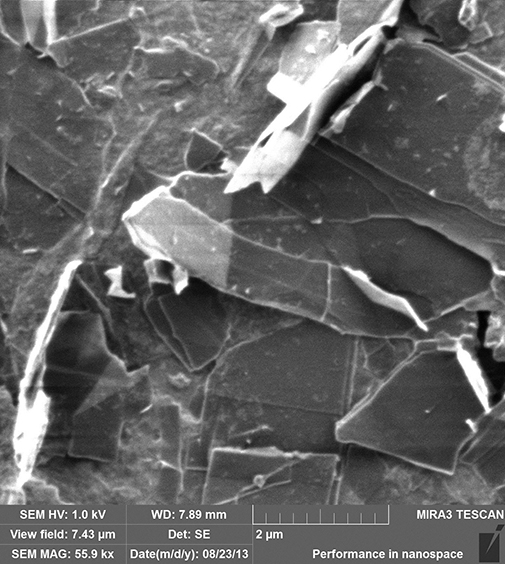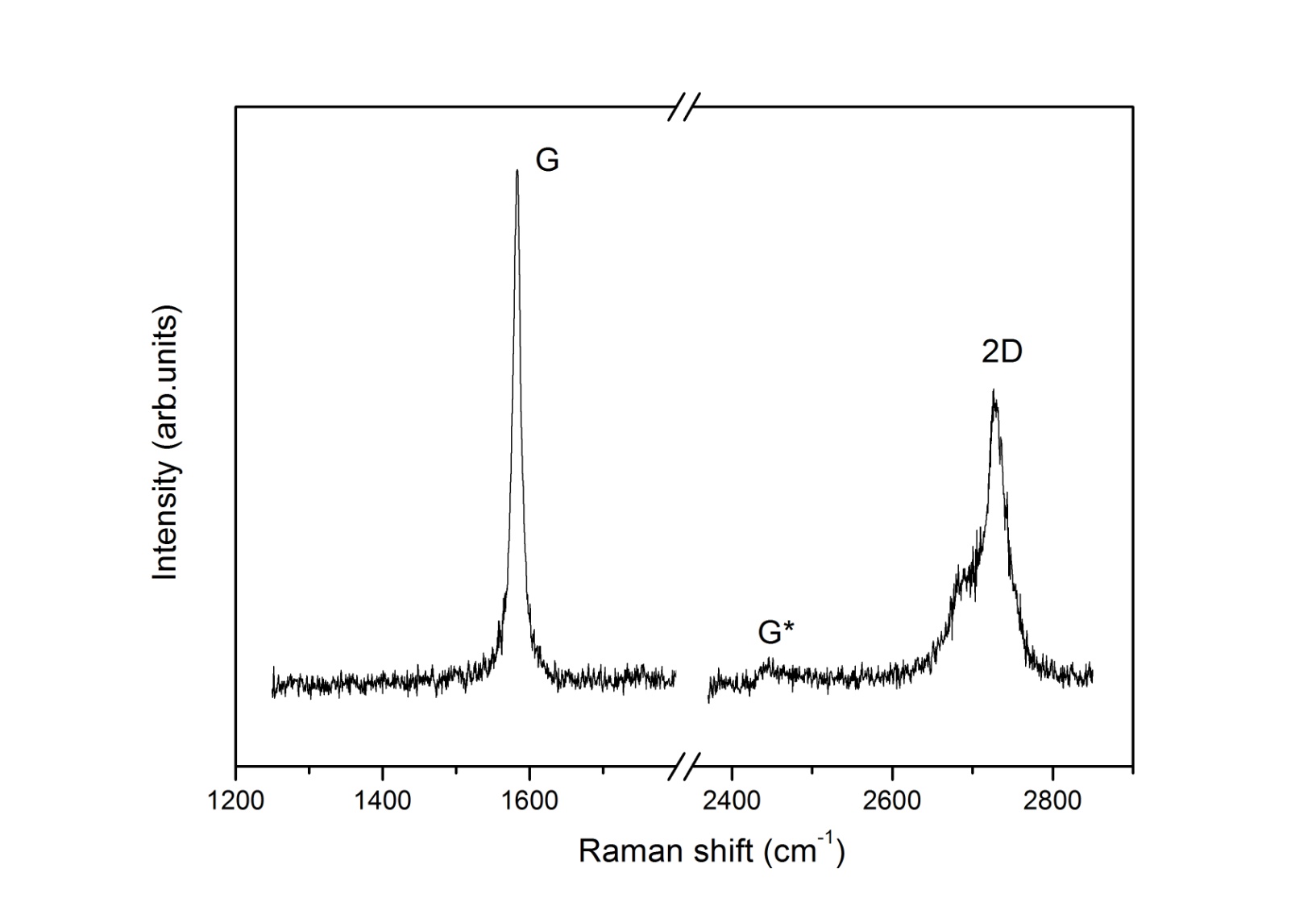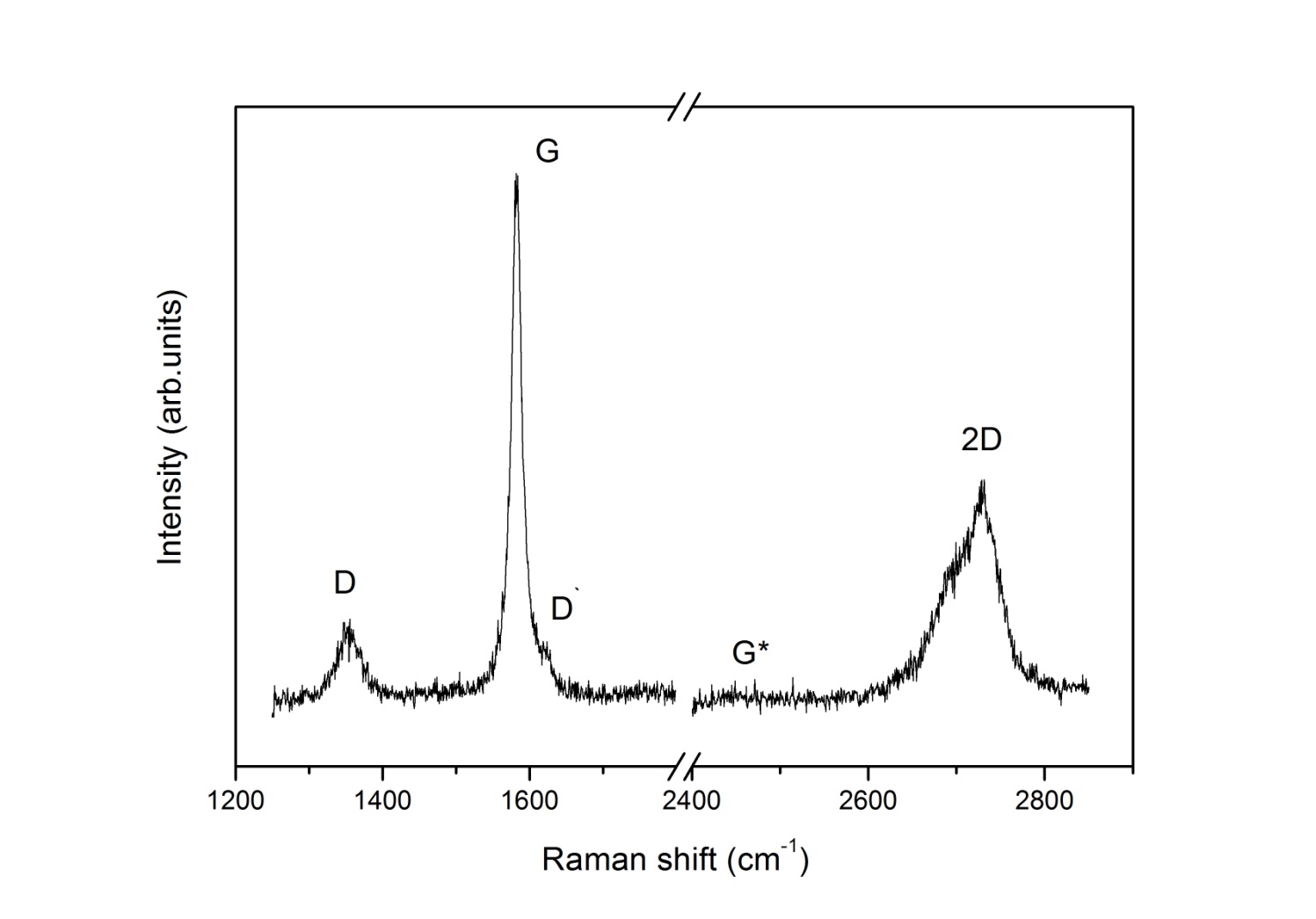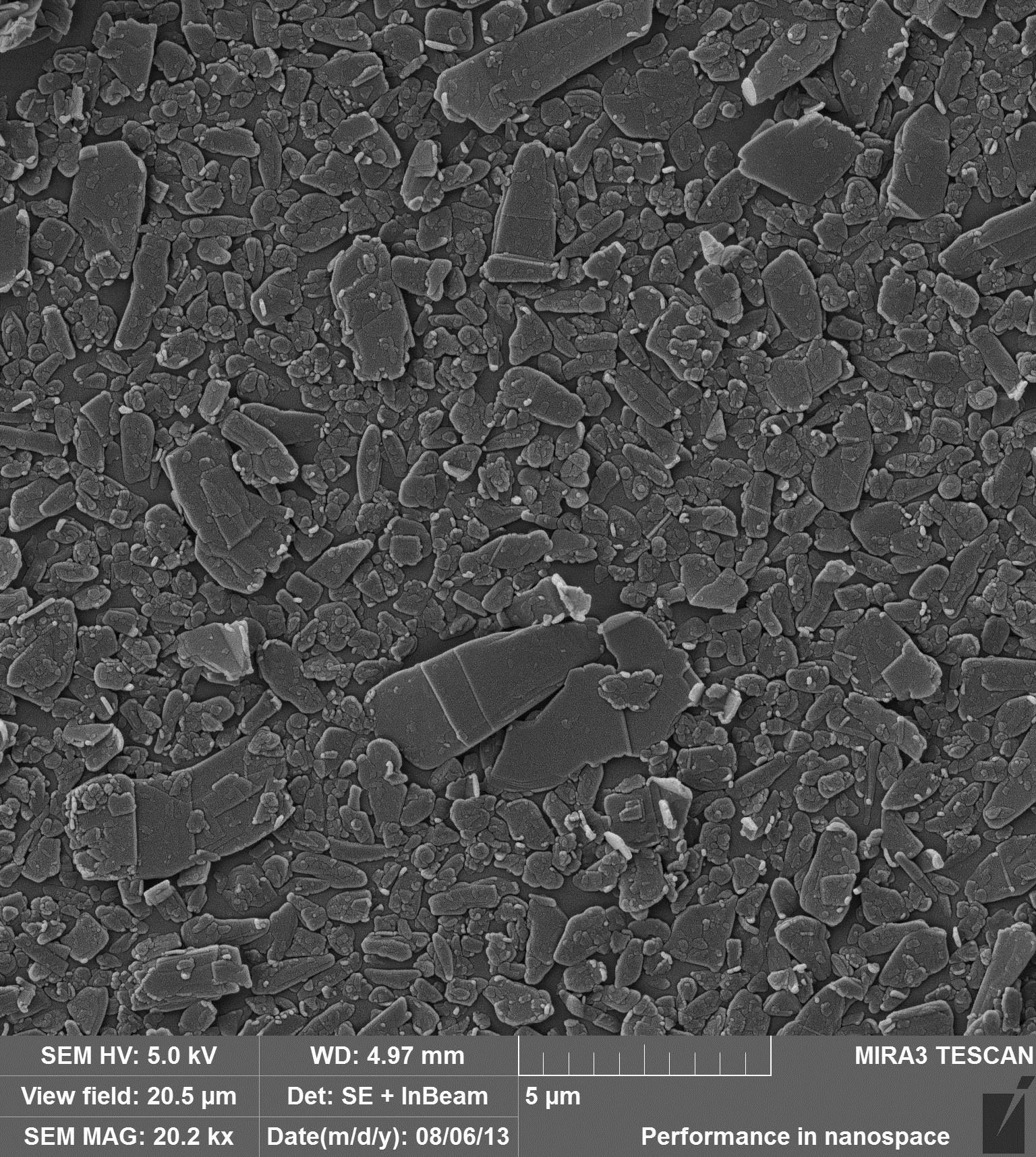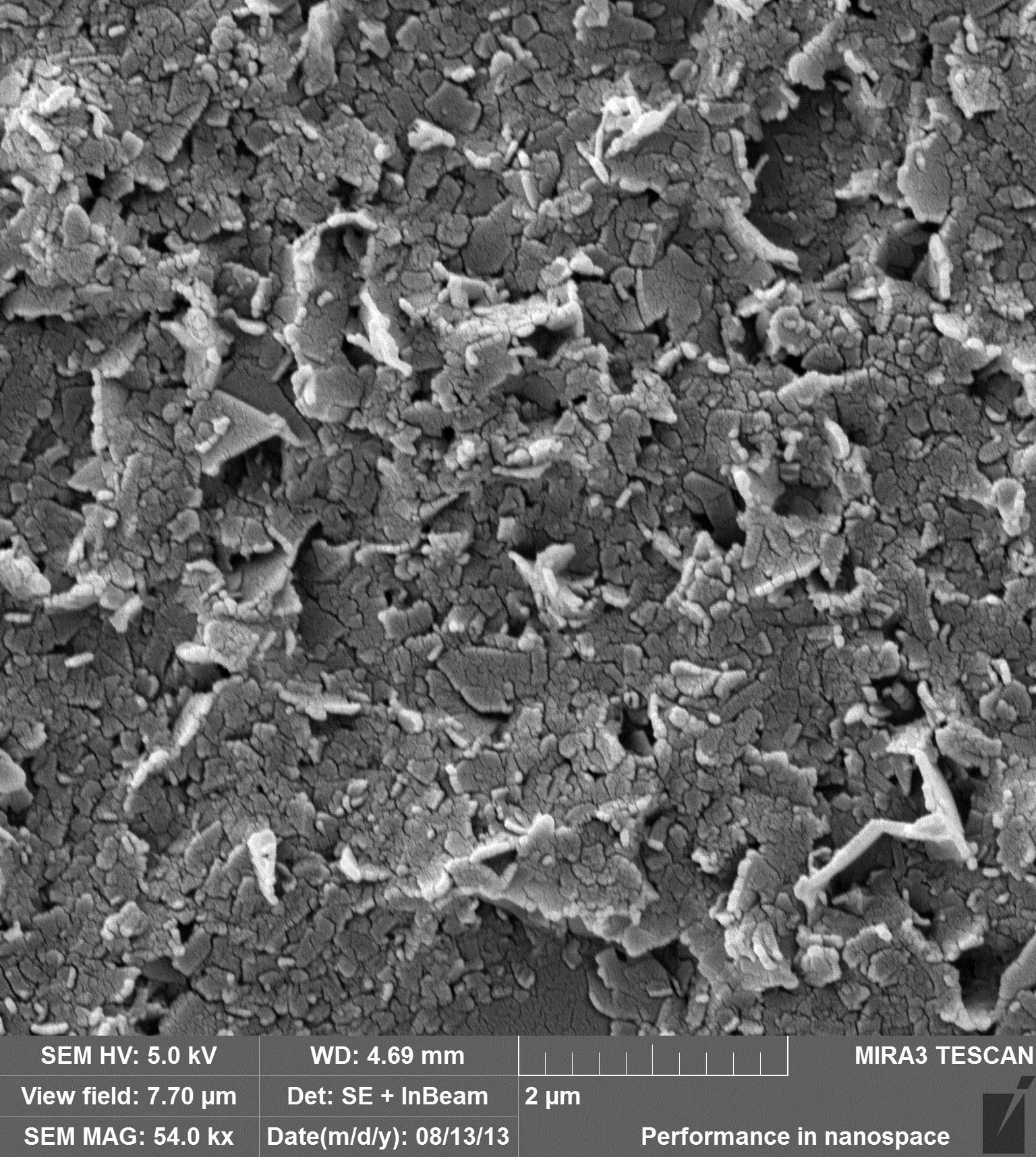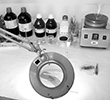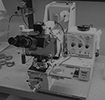LPE INK
LIQUID PHASE EXFOLIATION OF GRAPHITE
Graphene is the material with multitude of superior mechanical and electric properties. To fully exploit those properties and to make applications real a method for large area mass production is required. In the last decade many methods for large area synthesis of graphene started to develop, such as chemical vapor deposition (CVD) on metal substrates, annealing of SiC or reduction of graphene oxide. Although widely used graphene samples from such methods are either poor quality or expensive to synthesize or difficult to use afterwards because of the supporting metal substrates. Liquid phase exfoliation is an alternative route expected to give low cost, medium quality, large area mass production of graphene. By this method it is possible to get defect free, unoxidized graphene flakes which can be deposited on the desired substrate. Exfoliation of graphite in different organic solvents is possible because the energy required to exfoliate graphene is balanced by the solvent–graphene interaction for solvents whose surface energies match that of graphene.
We use both hi-boiling point solvents such as NMP and DMA with addition of surfactants and volatile solvents like Isopropanol and Chloroform for making graphene flakes. Optimization of the processes of exfoliation and deposition is the main goal of our research.
Obtained flakes and films are examined by optical microscope and SEM. The absence of defects or oxides is confirmed by Infrared and Raman spectroscopies. Also SPM techniques are used to characterize individual flakes.
We hope do develop more efficient way of liquid phase exfoliation of graphene in order to use it for graphene-based composites or conductive films, a key requirement for many applications, such as solar panels, inks, sensors, batteries, conductive transparent electrodes or smart windows.
Exfoliation of other layered materials is also very important for applications. Although such materials are usually harder to intercalate or make atomically thin than graphite they are very interesting for making composite layer structures together with graphene.
In G-lab liquid phase exfoliation of hBN was done in isopropanol and in the different deionised water-toluene solutions.
 |
Liqiud phase exfoliation of graphene |
|
|
|
|
Scanning electron microscope images of thin graphite films |
|||
| a) large area of flakes exfoliated in IPA for 6h deposited on Si/SiO2 substrate | b) noncentrifugated flakes obtained from 12 h sonication in IPA+H2O+NaOH solution | c) closer look to two flakes from IPA solution | d) films obtained from H2O+Toluene solution |
|
|
Raman spectrum measured with the Jobin Yvon T64000 Raman system at 532nm and 20mW with a micro spot of 3µm |
|
a) measured on flake with lateral dimension l=40µm |
b) on flakes l=1µm where moderate defect mode is observed |
|
|
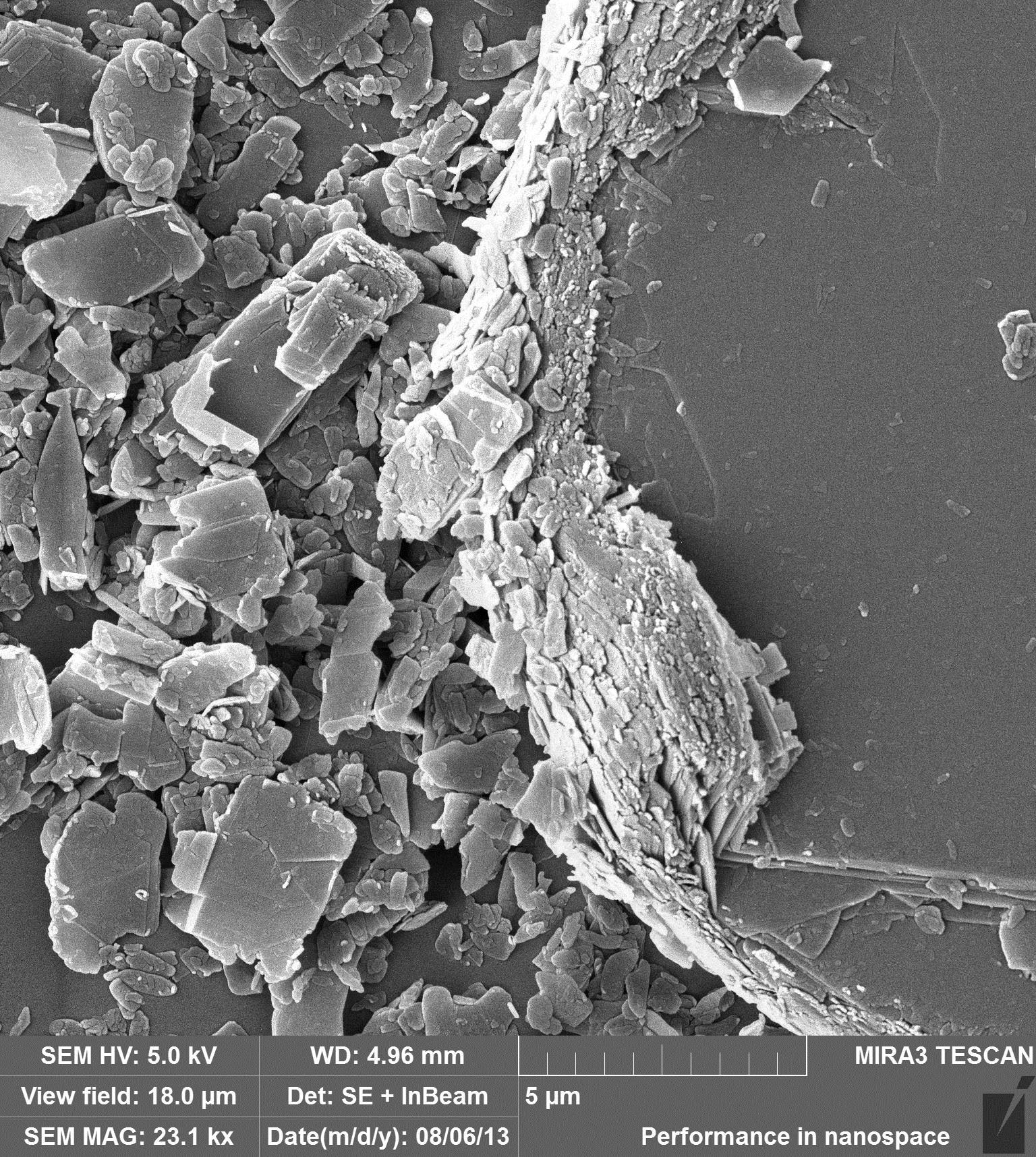 |
Hexagonal Boron Nitride |
||
a) SEM picture of obtained hBN flakes deposited by dip coating |
b) SEM picture of obtained hBN flakes deposited drop casting |
c) SEM picture of a large flake next to exfoliated flakes |
References:
Enhanced sheet conductivity of Langmuir–Blodgett assembled graphene thin films by chemical doping
A. Matković, I Milošević, M Milićević, T Tomašević-Ilić, J Pešić, M Musić, M. Spasenović, Dj. Jovanović, B. Vasić, C. Deeks, R. Panajotović, M. Belić, R. Gajić
2D Materials 3 (1), 015002, (2016) DOI: 10.1088/2053-1583/3/1/015002
Transparent and conductive films from liquid phase exfoliated graphene,
Tomašević-Ilić T., Pešić J., Milošević I., Vujin J., Matković A., Spasenović M., Gajić R.
Opt. Quant. Electron. 48:319 (2016)



